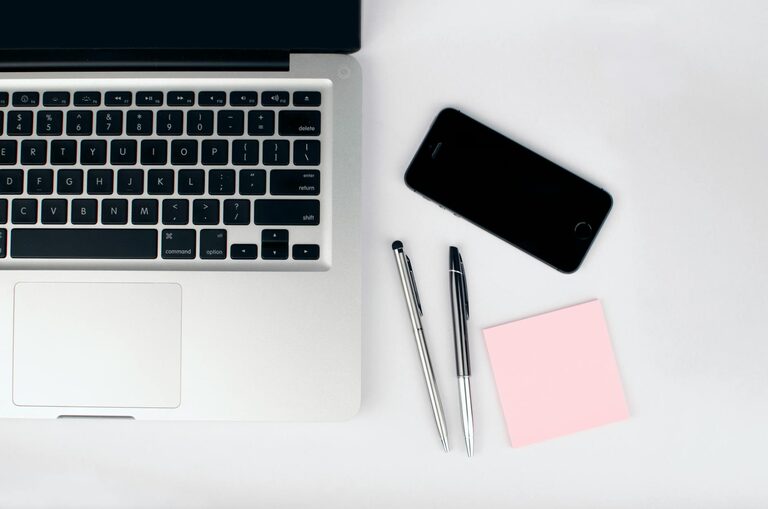In today’s connected world, digital clutter can overwhelm us just as much as physical mess. Between countless emails, files, apps, and passwords, it’s easy to feel buried under a mountain of digital chaos. The good news is that taking time to declutter your digital life can bring clarity, improve productivity, and reduce stress. This guide will walk you through practical steps to help you regain control and create a cleaner, more organized digital space.
Why Decluttering Your Digital Life Matters
Digital clutter isn’t just annoying—it can impact your efficiency and mental well-being. Excess files slow down devices, overflowing inboxes bury important messages, and too many apps cause distractions. By organizing your digital environment, you create space to focus better, find things quickly, and maintain a sense of calm.
Step 1: Organize Your Files and Folders
Start with the basics: your digital documents and files.
Sort Through Your Files
– Delete duplicates and outdated files: Keep only what you need.
– Create clear, descriptive folders: Group files by project, date, or content type.
– Use consistent naming: Apply easy-to-follow naming conventions to make searching simpler.
Use Cloud Storage Wisely
Backing up files to cloud services like Google Drive, Dropbox, or OneDrive helps save space and keeps documents accessible across devices. Just be sure to keep your cloud storage organized similarly to your local files.
Step 2: Manage Your Email Inbox
A cluttered inbox can be a major source of digital stress.
Clean Up Your Inbox
– Unsubscribe from unnecessary newsletters: Use tools or manual methods to unsubscribe.
– Set up email filters and folders: Automatically sort incoming emails into relevant categories.
– Archive or delete old emails: Keep only the emails you might need.
Use the Inbox Zero Method
Aim to process emails regularly so your inbox stays close to empty. Respond, file, or delete messages promptly to avoid buildup.
Step 3: Streamline Your Apps and Software
Too many apps can cause distractions and slow down your devices.
Review Installed Apps
– Delete apps you no longer use: Free up space and reduce clutter on your device.
– Update essential apps: Ensure you have the latest versions for security and performance.
– Organize apps into folders: Group similar apps together on your phone or computer.
Limit Notifications
Turn off non-essential notifications, so your attention isn’t constantly pulled away.
Step 4: Tidy Up Your Bookmarks and Browser
Web browsers often become messy over time with saved bookmarks, history, and open tabs.
Declutter Bookmarks
– Delete outdated or irrelevant bookmarks: Keep only useful links.
– Create bookmark folders: Organize by topic for easy access.
Manage Tabs and History
– Close unnecessary tabs: Reduce browser slowdowns and distraction.
– Clear browsing history periodically: Improve privacy and browser speed.
Step 5: Secure and Simplify Your Passwords
Keeping track of passwords is part of digital decluttering.
Use a Password Manager
Password managers store and generate strong passwords, reducing the need to remember multiple complex combinations.
Review and Change Weak Passwords
Update any weak or repeated passwords to enhance security.
Step 6: Set Digital Boundaries
Decluttering isn’t only about files; it’s about managing how you interact with technology.
Schedule Screen-Free Times
Designate periods during the day without digital devices to recharge mentally.
Limit Social Media Use
Reduce time spent scrolling to focus on more meaningful activities.
Maintaining a Clutter-Free Digital Life
Digital decluttering is an ongoing process. Consider setting monthly or quarterly reminders to review and tidy your digital spaces. Regular small actions prevent overload and keep your devices running smoothly.
In conclusion, a decluttered digital life can boost your productivity, reduce stress, and help you enjoy technology more fully. Start with these easy steps today and experience the benefits of a cleaner, more organized virtual environment.

